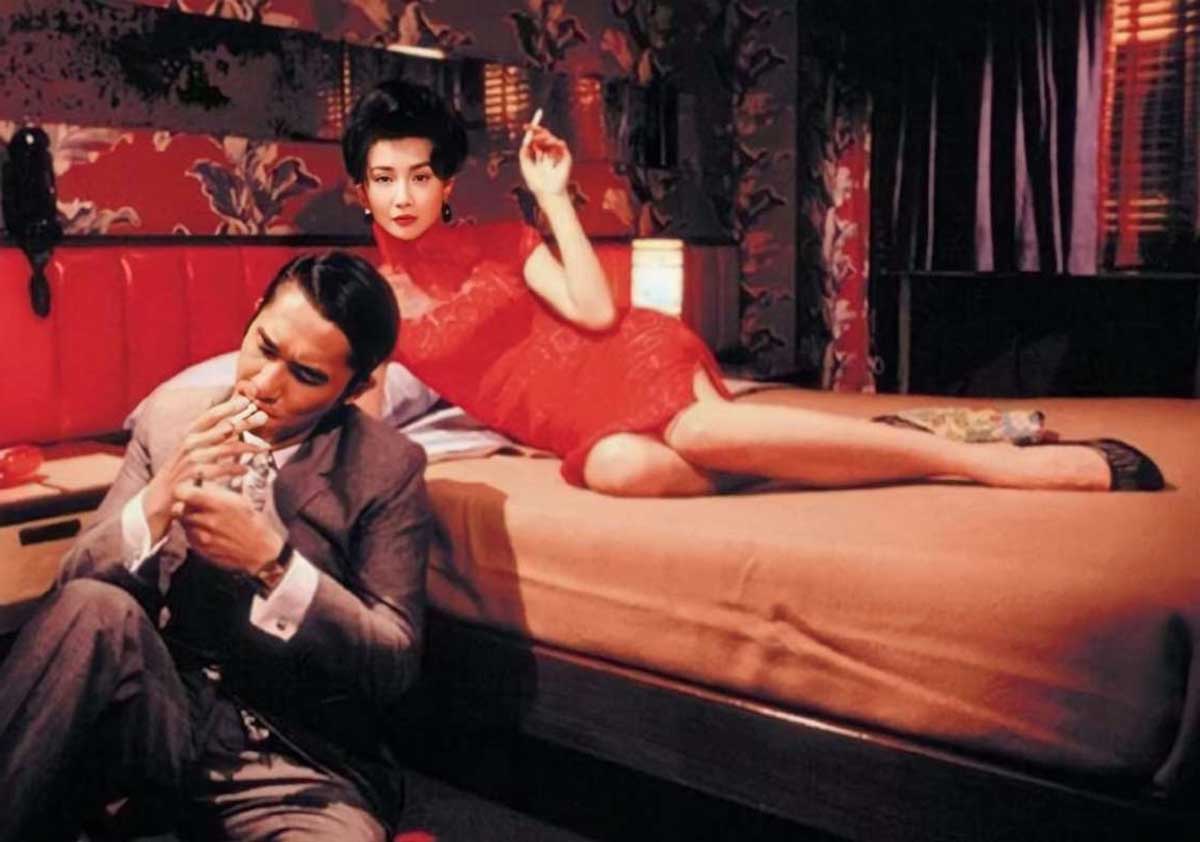The Unspoken Romance That Captured the World’s Heart
Some love stories are loud and passionate, but others are found in the quiet spaces between words, in shared glances, and in the melancholy beauty of what might have been. In the Mood for Love (花樣年華) is a film that lives in those silences. It is a visual poem about two people who find a profound connection just as they are discovering a shared betrayal. This masterpiece by director Wong Kar-wai is widely considered one of the most beautiful and heartbreaking classic films ever made.
This film is less of a story and more of a feeling, a mood piece that has influenced artists and filmmakers across the globe. Here’s a quick guide to its quiet power:
- A Story of Restraint: In 1960s Hong Kong, two neighbors, Mr. Chow and Mrs. Chan, realize their spouses are having an affair with each other. They form a close, platonic bond as they cope with their shared loneliness.
- Breathtaking Visuals: The film is famous for its stunning cinematography. Director Wong Kar-wai uses rich colors, slow-motion, and cramped spaces to create a world that is both gorgeous and suffocating.
- Unforgettable Performances: Tony Leung and Maggie Cheung deliver masterful, subtle performances. Their chemistry is built on stolen glances and unspoken feelings, creating a sense of longing that is almost unbearable.
A Love Story Told Through Hallways and Noodles
The film opens in a crowded Hong Kong apartment building in 1962. Su Li-zhen (Maggie Cheung), a beautiful secretary, and her husband move in. On the same day, Chow Mo-wan (Tony Leung), a newspaper editor, and his wife move in next door. Their spouses are almost always absent, away on “business trips.” Mrs. Chan and Mr. Chow are polite but distant neighbors, often passing each other in the narrow hallway or at the local noodle stall.
Their lonely lives intersect when they both begin to suspect their partners are being unfaithful. Mr. Chow notices his wife has a handbag identical to Mrs. Chan’s, and Mrs. Chan sees her husband has a tie just like Mr. Chow’s. They piece together the heartbreaking truth not with accusations, but with quiet resignation.
Instead of confronting their spouses, they turn to each other for comfort. They start meeting for meals, sharing their loneliness and confusion. They “rehearse” how the affair might have started and how they would react if they confronted their partners. In these rehearsals, they begin to develop genuine feelings for each other. But they make a solemn promise: “We won’t be like them.” This vow of restraint is what makes their bond so beautiful and so tragic.
The Visual Poetry of Wong Kar-wai
To tell a story with so few words requires a powerful visual language, and Wong Kar-wai is a master of it. The way the film is shot is just as important as the plot itself.
The camera often frames the characters through doorways, from behind rain-streaked windows, or in cluttered hallways. This creates a sense of intimacy, as if we are spying on private moments. It also makes the world feel claustrophobic, reflecting the social and emotional constraints that trap the characters.
Color plays a huge role. The film is saturated in deep reds, moody greens, and warm golds, suggesting the passionate feelings simmering just beneath the surface. The visual style is so distinct and powerful, it stands in stark contrast to the gritty realism of a thriller like Infernal Affairs, which also starred the brilliant Tony Leung. Here, every frame is meticulously composed, like a painting that captures a fleeting, emotional memory.
The Cheongsam and the Unspoken Word
You cannot discuss this film without talking about Maggie Cheung’s stunning cheongsams (traditional Chinese dresses). She wears a different, beautiful dress in nearly every scene, and they become a character in their own right. The dresses are not just costumes; they are a visual representation of her emotional state.
- The patterns and colors often reflect her mood. Bright, floral patterns might appear when she is feeling a flicker of hope in her friendship with Mr. Chow. More rigid, somber patterns appear when she is feeling trapped or lonely.
- The high, stiff collars seem to symbolize her own self-control and the societal rules that she refuses to break. The dresses are elegant and beautiful, but also restrictive.
This attention to detail adds another layer of meaning to the film, allowing her clothes to communicate the feelings she cannot bring herself to say out loud.
A Universal Feeling of What If
The reason In the Mood for Love has touched so many people around the world is because its core theme is universal: the pain of a missed connection. It’s a film about the love story that almost happened. The haunting musical theme by Shigeru Umebayashi plays over slow-motion shots, creating a dreamlike, melancholic mood that perfectly captures this feeling of longing.
The ending is famously heartbreaking. Years later, Mr. Chow visits the Angkor Wat temple in Cambodia. He finds a hole in the ancient stone walls, whispers his secret into it, and seals it with mud, burying his unspoken love forever. It is a perfect, poetic ending to a story that finds its power not in grand declarations, but in the quiet dignity of a secret kept.
The film is a beautiful, aching experience that stays with you. It’s a reminder that sometimes the most profound love stories are the ones that are never fully realized, living on only in memory.

No Responses